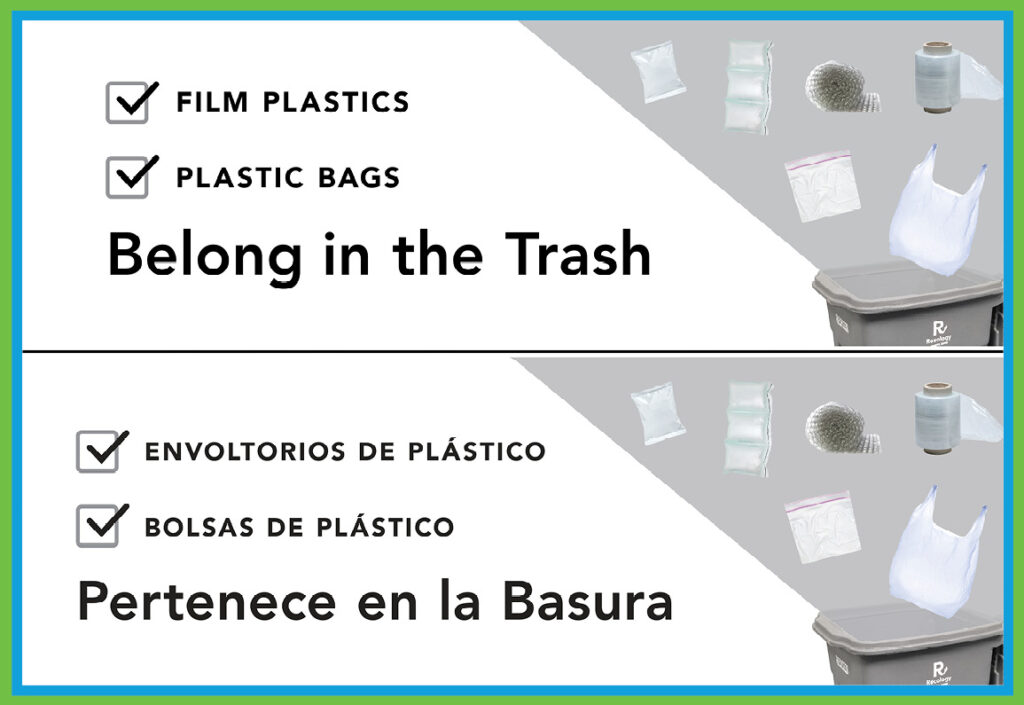Courtesy of the Water Resources Association of San Benito County:
NOAA’s winter forecast for the U.S. favors warmer, drier conditions across the southern tier of the U.S., and cooler, wetter conditions in the North, thanks in part to an ongoing La Nina. Forecasters at NOAA’s Climate Prediction Center are also closely monitoring persistent drought during the winter months ahead, with more than 45% of the continental U.S. now experiencing drought.
Currently, large areas of drought extend over the western half of the U.S., with parts of the Northeast also experiencing drought and near-record low stream flows. With a La Nina climate pattern in place, southern parts of the U.S. may experience expanded and intensifying drought during the winter months ahead.

What is a La Nina weather pattern?
El Niño and La Niña are opposite phases of what is known as the El Niño-Southern Oscillation (ENSO) cycle. The ENSO cycle is a scientific term that describes the fluctuations in temperature between the ocean and atmosphere in the east-central Equatorial Pacific (approximately between the International Date Line and 120 degrees West).
La Niña is sometimes referred to as the cold phase of ENSO and El Niño as the warm phase of ENSO. These deviations from normal surface temperatures can have large-scale impacts not only on ocean processes, but also on global weather and climate.
How will La Nina effect weather in California?
A commonly held assumption among many Californians is that La Nina means a dry winter is coming, and in years when the opposite occurs, El Niño, a wet winter is considered more likely.
There have been famously dry winters when La Nina conditions were present. Like in 2011-2012, when California’s most recent, and most devastating drought began. But five years later, the drought ended as relentless atmospheric river storms wrecked the spillway at Oroville Dam and caused $100 million in damage during floods through downtown San Jose, and that also was during a La Nina winter.
Some La Niña events are considered stronger or weaker, depending upon how much colder Pacific waters are than normal at the equator off Peru and Ecuador.
Will this affect our water supply?
Rainfall in Northern California cities was just half of normal last winter. The Sierra Nevada snowpack on April 1 was only 54% of its historic average. Temperatures in August and September were the hottest August and September ever recorded in California history.
Our state reservoirs have a reasonable supply of water. But, with La Nina developing, it appears like we’re in our first year of a drought. However, we don’t know if we are going to see a second year, or a third year or a fourth year of drought. Usually there must be two dry years in a row of below normal rainfall and snowfall amounts before there’s an official drought in California. By March or April, we’ll have a pretty good sense.
What can we do locally?
Californians should always be prepared for dry conditions and should continue to make water conservation part of their everyday lives.
The Water Resources Association of San Benito County (WRASBC), represents the City of Hollister, San Juan Bautista, Sunnyslope County Water District and the San Benito County Water District for all their water conservation and water resource protection programs. The WRASBC has many programs and services to help you conserve and use water efficiently.
Schedule a FREE leak check is the first thing a concerned community member should do.
With Daylight Savings Time ending on the first of November, it’s also a good time to adjust your irrigation controller so you are watering less. Even if we don’t get rain, less sunlight means less water is needed for your landscapes. When storms are frequent, turn-off your irrigation system. Call (831) 637-4378 or visit the WRASBC website at: wrasbc.org to learn more.






